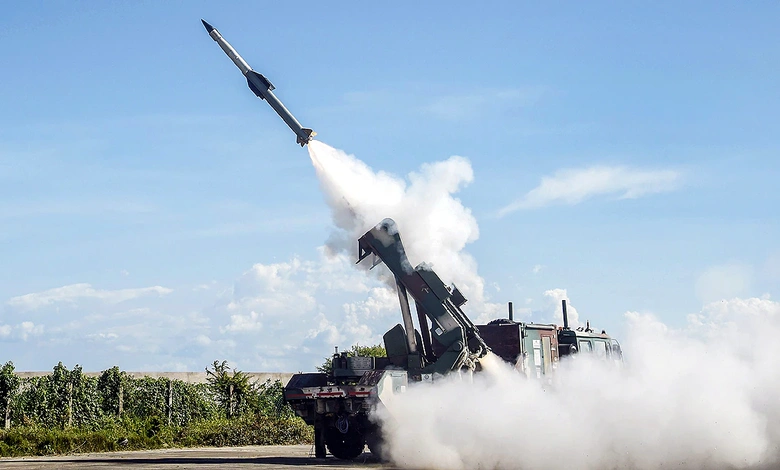
New Delhi: The Defence Research and Development Organisation (DRDO) has launched Mission Sudarshan Chakra, a strategic initiative to develop an advanced air defence system to counter evolving aerial threats. This ambitious project aims to integrate cutting-edge technologies to enhance India’s ability to neutralize a wide range of airborne challenges, including missiles, drones, and stealth aircraft.
The mission focuses on creating a multi-layered defence network capable of detecting, tracking, and intercepting threats with precision. By leveraging indigenous innovation, DRDO seeks to reduce reliance on foreign systems while strengthening national security. The system will incorporate advanced radar systems, high-speed interceptors, and sophisticated command-and-control mechanisms, ensuring seamless coordination across military units.
According to sources cited by The Indian Express, Mission Sudarshan Chakra builds on DRDO’s prior successes, such as the Ballistic Missile Defence (BMD) program. The new system is designed to address modern warfare complexities, including hypersonic weapons and swarm drone attacks. DRDO’s collaboration with private industry and academic institutions is expected to accelerate development, fostering innovation and scalability.
The initiative aligns with India’s broader goal of achieving self-reliance in defence manufacturing. By prioritizing homegrown technology, DRDO aims to create a robust ecosystem for defence production, potentially positioning India as a global exporter of advanced military systems. The project also underscores the importance of integrating artificial intelligence and machine learning to enhance real-time decision-making in high-stakes scenarios.
While specific timelines and technical details remain classified, The Indian Express reports that DRDO is committed to rigorous testing to ensure the system’s reliability and effectiveness. The development of Mission Sudarshan Chakra marks a significant step in fortifying India’s air defence capabilities, addressing both current and future threats in an increasingly volatile geopolitical landscape. As the project progresses, it is expected to play a pivotal role in safeguarding the nation’s airspace.




